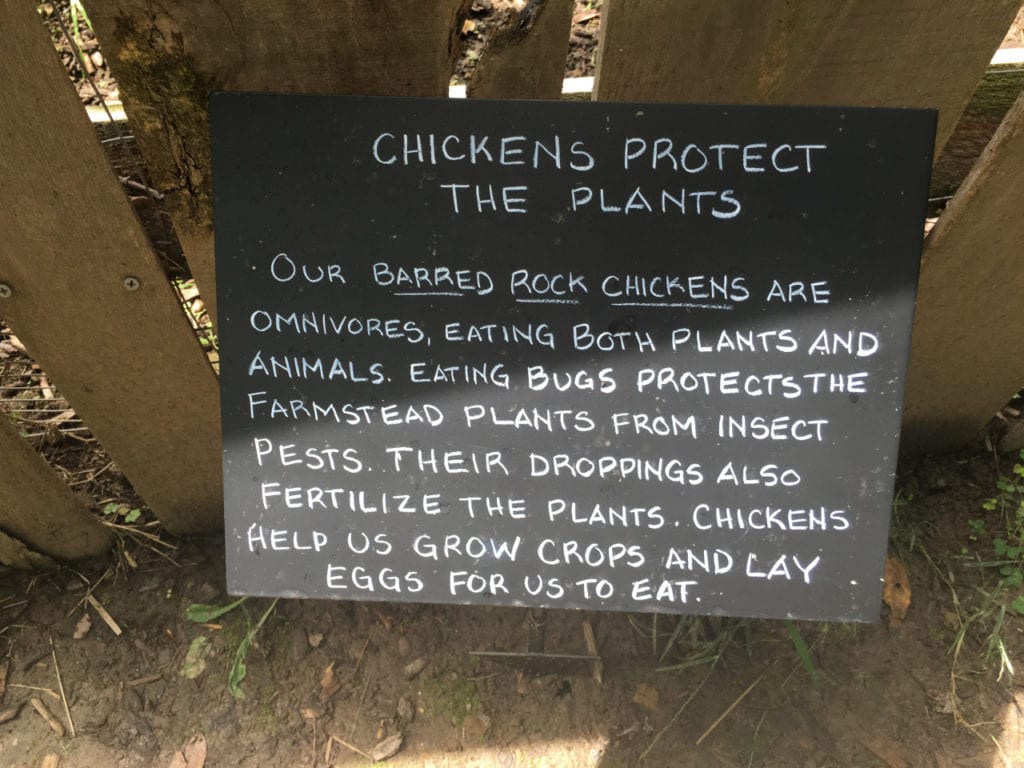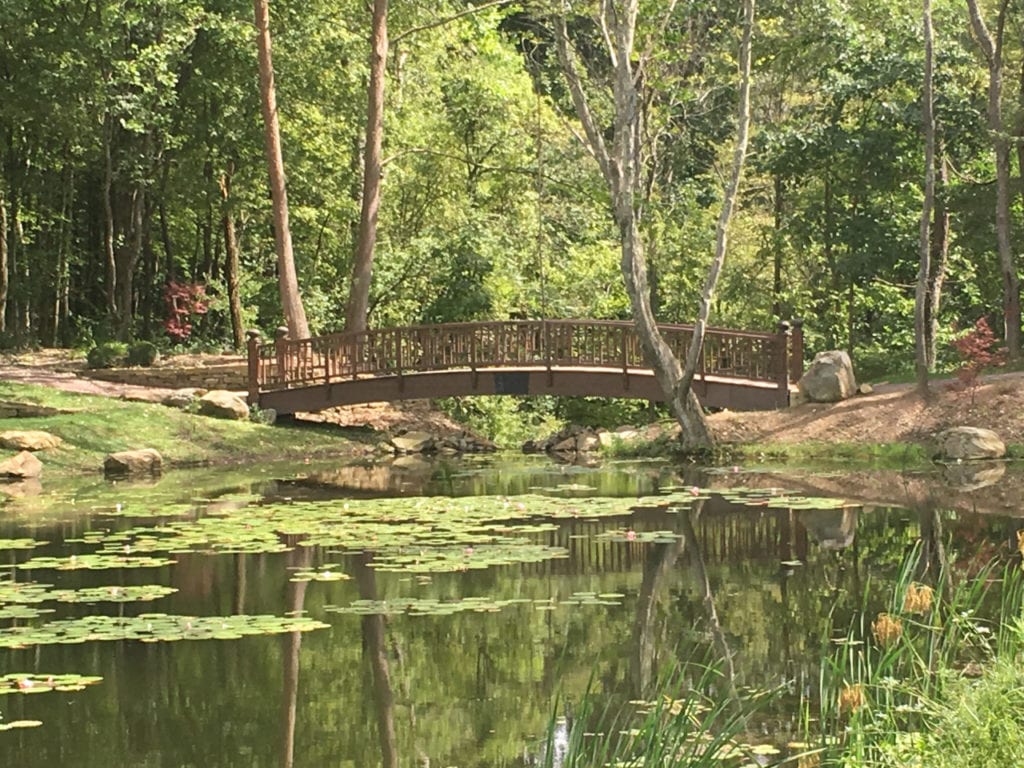
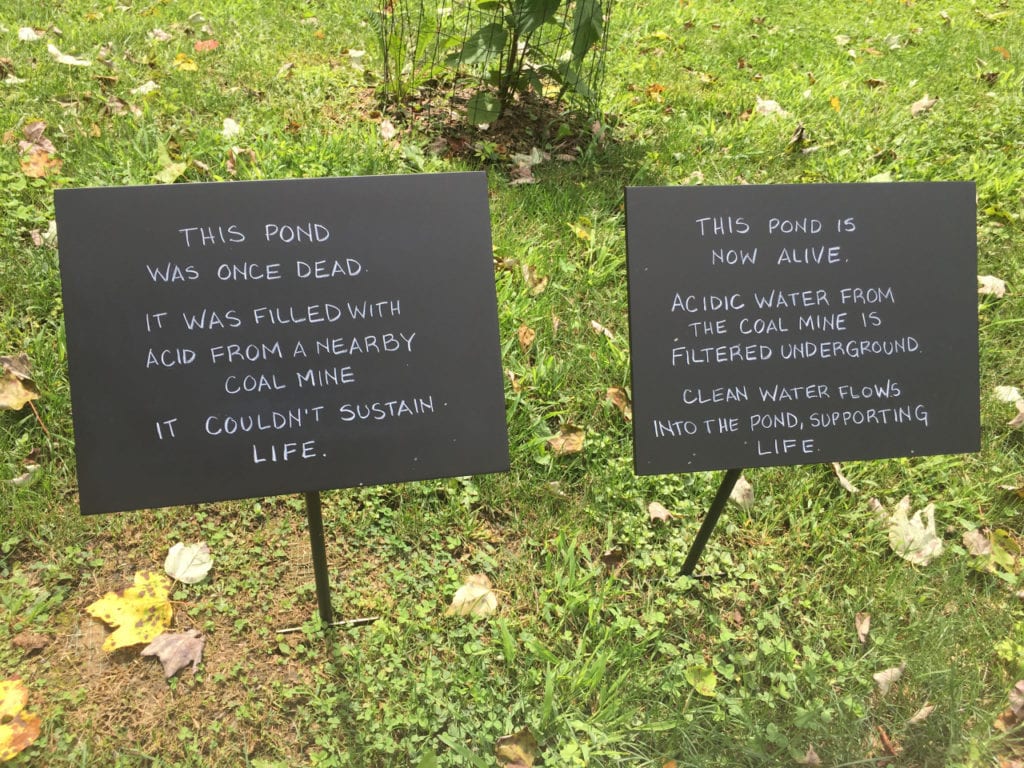
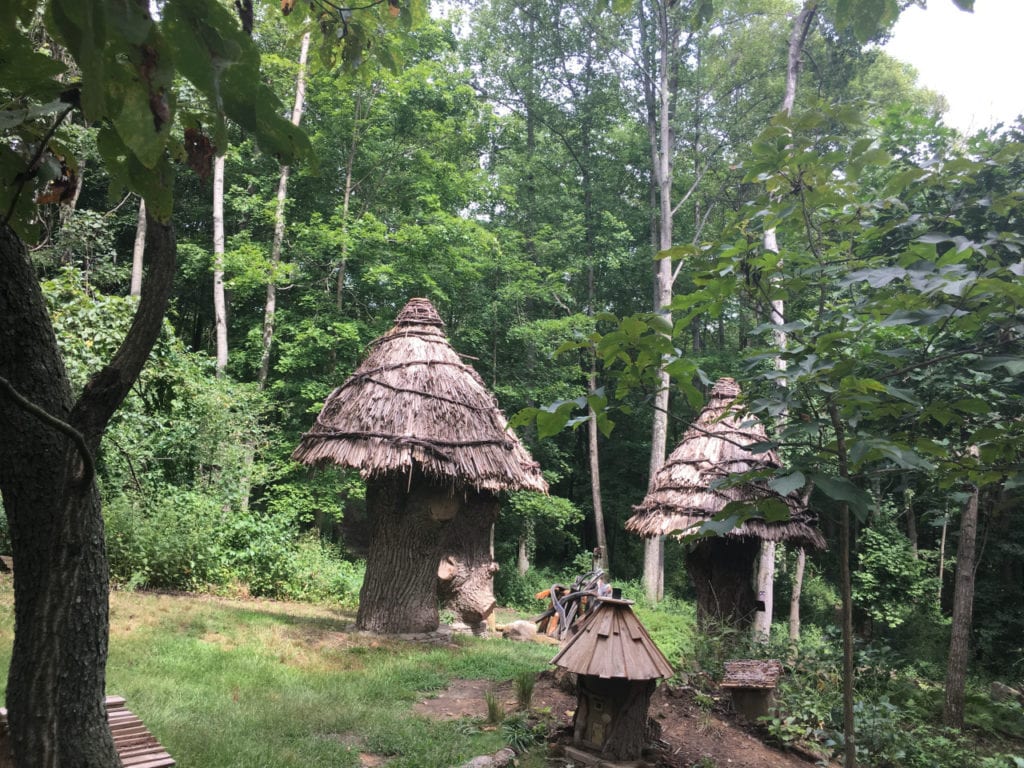

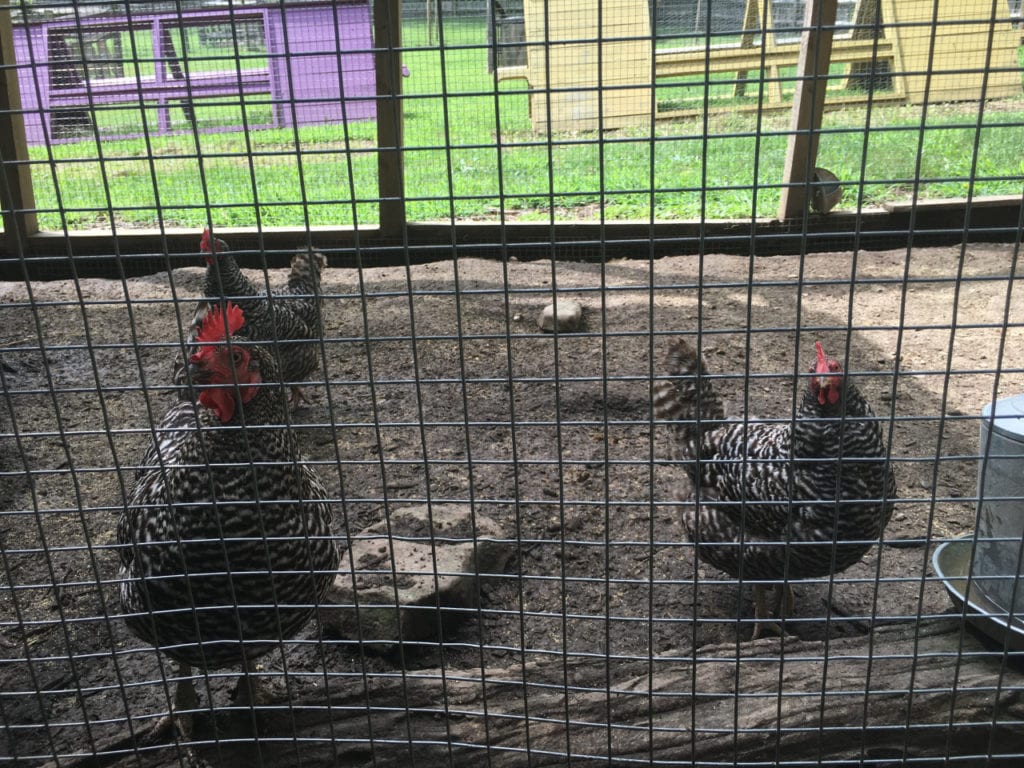
by Kathleen Bodenlos
Pittsburgh has a reputation for transforming itself. Once a grimy industrialized city, we have become a network of neighborhoods with green spaces, bike trails, culturally rich attractions, and a thriving economy. The Pittsburgh Botanic Garden mirrors our transformation story.
Reclaiming land from Pittsburgh’s industrial past, they transformed land and ponds into an artistic nature experience. Acres that were once farmed, logged and mined have been reinvented and now offer hiking trails, flowers, and surprising works of art. A Monet worthy pond that was once filled with acid is now alive with lotus. Barred Rock Chickens protect the plants through their natural diet of insects and also help to fertilize the crops.
The gardens offer plenty of surprises for kids from a giant bird nest that could fit a large human family to an enchanted area for reading time complete with toadstools on which to perch.
With 460 acres left to steward, it seems this impressive example of reclamation has only just begun.
Kathleen Bodenlos is the Director of Marketing at Carnegie Museum of Natural History. Passionate about nature, art, and travel she enjoys visiting other organizations with a similar focus on conservation and education.
